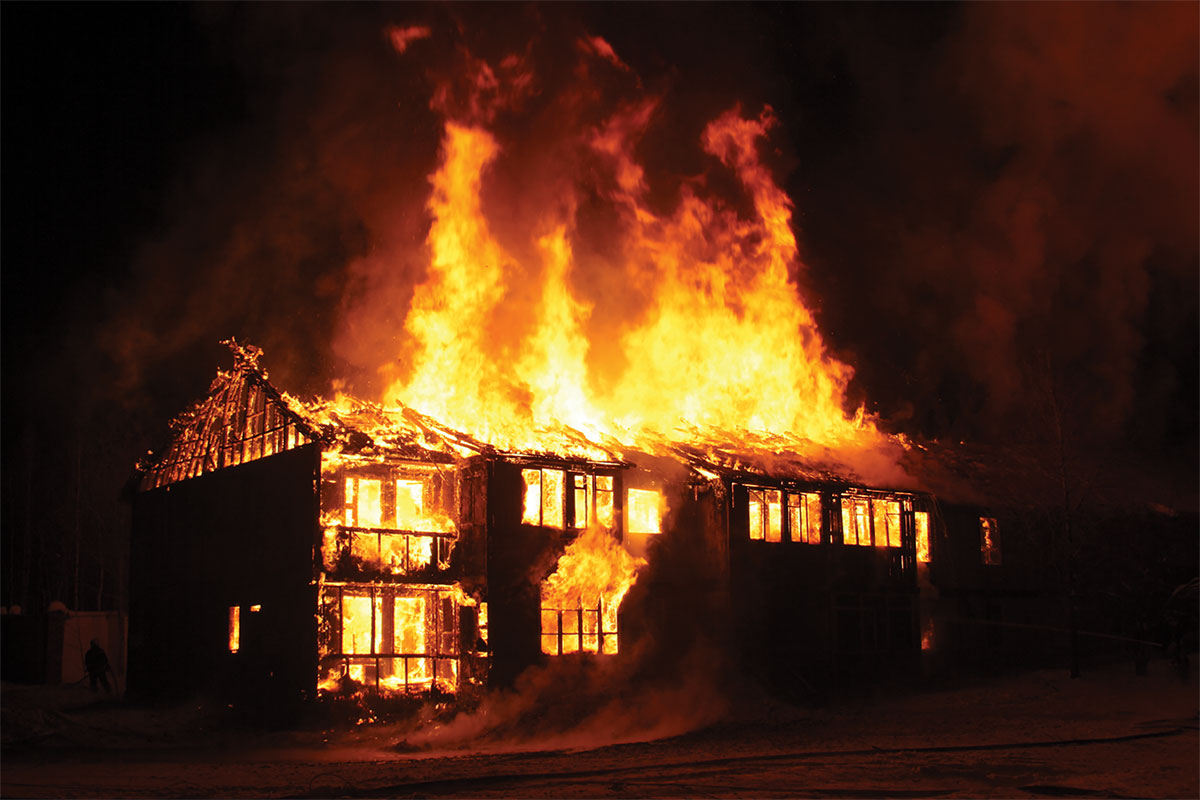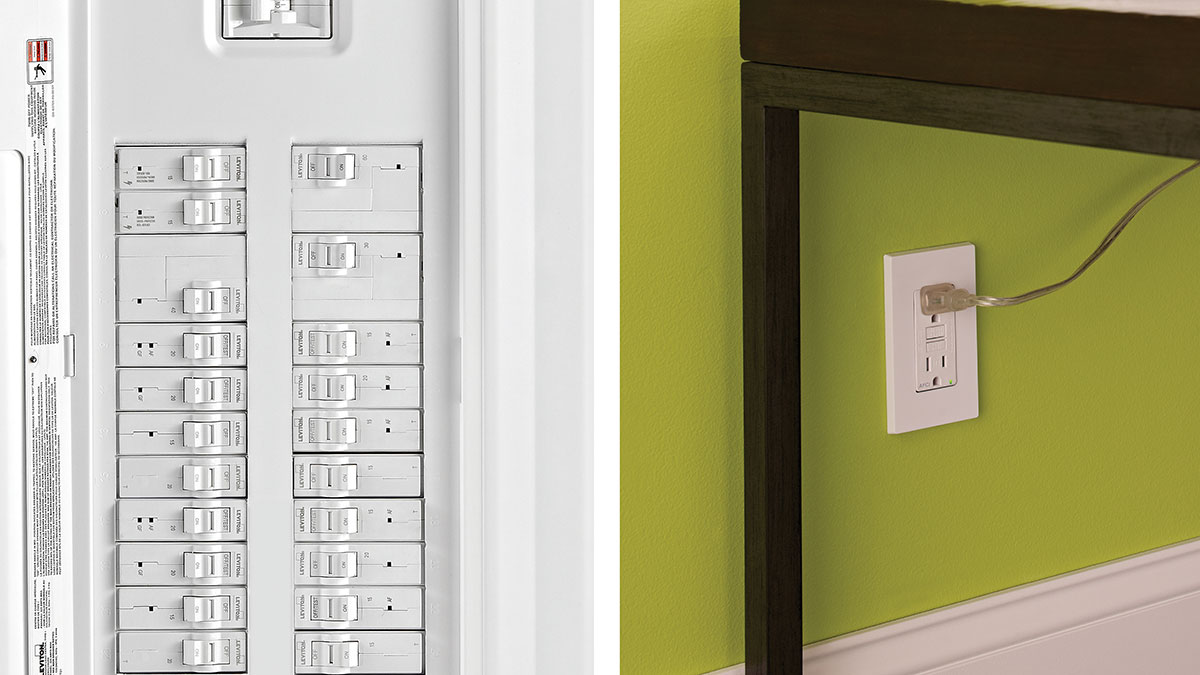The 2002 National Electrical Code (NEC) requires that the branch circuits supplying outlets of dwelling unit bedrooms, as well as mobile homes and manufactured home bedrooms, be protected by arc-fault circuit interrupters (AFCIs). Rules 210.12 and 550.25 are clear in this requirement. However there is considerable confusion as to which type of AFCI meets the intent of the Code.
When AFCIs were first introduced, they were embodied within circuit breakers. These products are available today and are manufactured by the major circuit breaker manufacturers. Since a branch circuit begins at the output terminals of the last overcurrent device, one would expect that a circuit breaker type AFCI would meet the intent of the Code rule, and, in fact, it does.
Underwriters Laboratories (UL) has Listed several types of receptacle AFCIs per the requirements of the Standard, UL 1699. This standard spells out the testing program for the different types of AFCIs and they are not all the same! UL also publishes Guide Card information to help in the proper selection and acceptance of AFCIs. This is where the confusion begins.
The Guide Card for branch/feeder (circuit breaker) type AFCIs says this type is “…intended to be installed at the origin of a branch or feeder, such as a panelboard.” It also says that this type AFCI is “…intended to provide protection of the branch circuit wiring…” This seems clear enough in that a circuit breaker AFCI will undoubtedly meet the intent of the Code rule. Additionally, since the definition in 210.12(A) calls for the branch circuit to be de-energized, how else can this be accomplished other than de-energizing the circuit at its origin?
The Guide Card information for outlet branch circuit type (receptacle type AFCI) says, “…evaluated to provide protection of the downstream branch circuit wiring….” It additionally says, “These devices also provide protection to upstream branch circuit wiring.” And, “These devices are intended to be installed as the first outlet in a branch circuit.” It is clear that the upstream protection must be different than the downstream protection or UL would have said it in one statement as they did for the circuit breaker type. What is the difference in protection?
By examining the provisions of UL 1699, one can easily determine the differences in the protection offered between upstream and downstream from a receptacle AFCI. Simply, if an upstream arc were to take place in series with one of the circuit conductors, an interrupting device placed anywhere in the circuit would stop the flow of current and extinguish the arc.
However, if the upstream arc occurs across the power conductors, there is no way that an interrupter located downstream of the arc can interrupt the arc, even if it is the first receptacle on the branch. Only a remote tripping signal to a shunt trip breaker could accomplish the Code intent.
Also, the Code language that requires the circuit to be de-energized is not accomplished with an outlet branch circuit receptacle AFCI. Simply, the Guide Card information is confusing in its lack of specific details which are needed to make an informed decision on just which product fully meets the intent of the Code.
At some future time, a more complete arc detection system will emerge and provide still greater ability to reduce fires. A system that includes a more robust circuit breaker AFCI with improved functions in addition to a sensitive receptacle type AFCI with improved features that include the ability for local (in-room) resetting will be demanded along with a plug-cap arc detector to protect extension cords and power supply cords. By having a coordinated systems approach (similar to overcurrent protection) the incidence of arc-induced fires will be reduced. There is no single product available that can purport to be the “magic bullet” of arc detection.
The delicate balance between sensing low current arcs and false tripping can be accomplished with a coordinated system of increasing sensitivity from the service panel outward to the last branch extension. The first steps in such a system are now in place as circuit breaker AFCIs. Receptacle AFCIs are on the horizon, not as a replacement for circuit breakers but rather to augment the protection. Future Code revisions and new products will add to the protection system. Each link in the arc protection system will increase the protection level so someday such a system will be able to eliminate arc-induced fires rather than just mitigate them. Hopefully, the Code language and Guide Card information will be crystal clear in the intent and practical rule-making for proper product selection and inspection approval.










Find Us on Socials